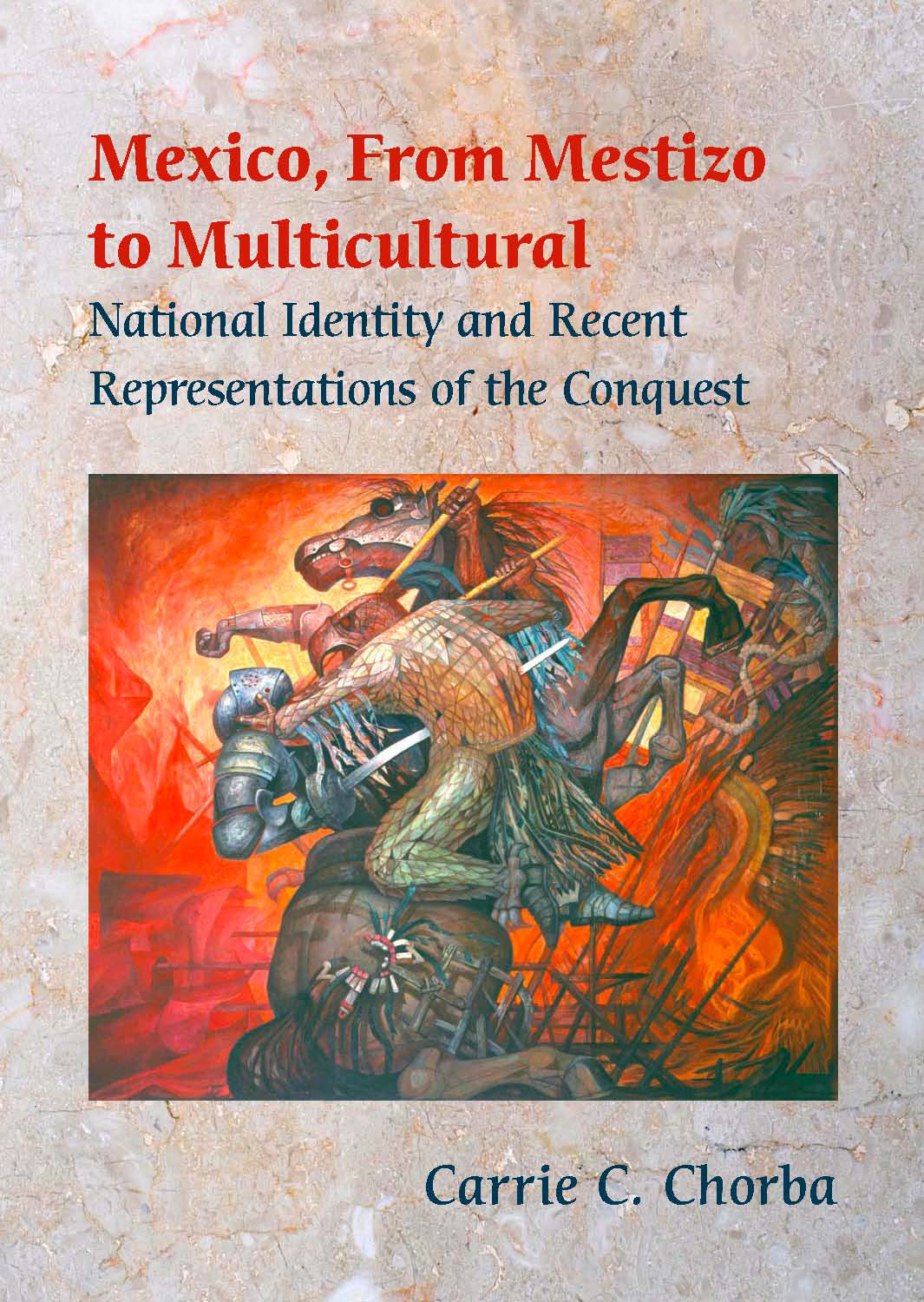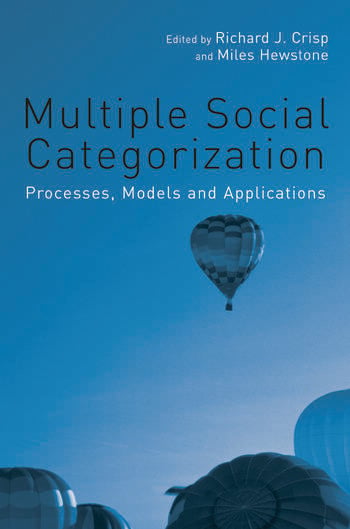The Construction of Racial Identity in Children of Mixed Parentage: Mixed MetaphorsPosted in Books, Family/Parenting, Identity Development/Psychology, Media Archive, Monographs, Social Science on 2013-09-23 20:25Z by Steven |
The Construction of Racial Identity in Children of Mixed Parentage: Mixed Metaphors
Jessica Kingsley Publishers
1996
224 pages
234mm x 156mm / 9.25in x 6in
Paperback ISBN: 978-1-85302-376-7
Ilan Katz, Professor
Social Policy Research Center
University of New South Wales, Australia
For several decades the issues of race, identity and child development have been of major concern to policy makers and practitioners in social services. This book is a major contribution to this literature, and offers a radically new way of looking at some of these issues. Based on intensive research on interracial families with young children, the book reviews the previous literature relating to racial identity development, especially relating to biracial children, and shows it to be based on flawed assumptions.
Using intensive observations and in-depth interviews with parents of biracial children the author shows the many ways in which inter-racial families deal with issues of identity and difference. He concludes with a discussion of alternative conceptions of identity, race and development which will provide both practitioners and policy makers with new ways to think about these issues.
Contents
- Chapter 1: Introduction
- Chapter 2: The Interracial Debate
- Chapter 3: Racial Attitudes and Marginality
- Chapter 4: Theories of Identity Development
- Chapter 5: Methodology
- Chapter 6: The A Family
- Chapter 7: The B Family
- Chapter 8: The First Set of Interviews
- Chapter 9: Second Set of Interviews
- Chapter 10: Conclusions
- Chapter 11: Revisiting the Theory
- Appendix One: Mother’s Interviews
- Appendix Two: Interview Transcript









